
Sefirat HaOmer – What’s It All About?
In the time of the Bait Hamikdash (The Holy Temple), on the second day of Pesach / Passover, (the 16th of Nisan), the Korbon "Omer" was offered.
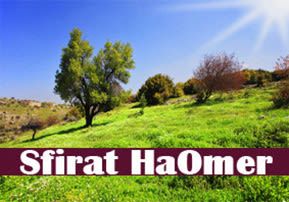
KORBAN OMER
In the time of the Bait Hamikdash (The Holy Temple), on the second day of Pesach / Passover, (the 16th of Nisan), the Korbon "Omer" was offered.
On the second night of Pesach, (the first night of Chol Hamoed in Eretz Yisroel) in a field outside Yerushalayim, harvesters cut enough bundles (three sa'a – about 16 lbs.) of barley to make 5 pounds of fine flour.
Back in the Bait Hamikdash, the Kohanim threshed the stalks until the kernels came tumbling down. Next the kernels were roasted over a fire and ground into flour. The flour was sifted until only the finest flour remained.
It takes about five pounds – an Omer – of flour mixed with oil and a handful of levona spice to make a Korban Omer. The mixture was placed in a pan. The pan was waved in all directions. Then a handful of the mixture was burned on the Mizbayach (Altar) while the remainder was distributed for the Kohanim to eat.
BARLEY TIME TO COUNT
The grain harvesting season begins with Pesach. God commanded that the barley cannot be harvested until the Korban Omer was brought.
The Korban Omer is also a starting point in the countdown to Matan Torah (the giving of the Torah). According to the Torah (Vayikra, Parshat Emor, 23:15-16), we are obligated to count 49 days from the second night of Pesach to the day before Shavuot, seven full weeks. This period is known as the Counting of the Omer.
For 49 days, starting the second day of Pesach, on whichever day of the week that might happen to fall, we count "the Omer."
These 49 days represent the 49 days of preparation from Yetziat Mitzrayim (exodus from Egypt) to Matan Torah on the seventh day of Sivan.
The day after this counting is complete, the fiftieth day, is the Yom Tov of Shavuot, the anniversary of the giving of the Torah to the Jewish People. The counting reminds us of the important connection between Pesach / Passover and Shavuot: Pesach freed us physically from bondage, but the giving of the Torah on Shavuot redeemed us spiritually from our bondage to idolatry and immorality.
TIME TO GET THE TORAH
God commanded us to celebrate Shavuot on the fiftieth day of counting the Omer. In the Bait Hamikdash the Kohanim would offer the Shtay Halechem (two loaves) baked from the first wheat of the new harvest.
God promises that as a reward for the wheat offering He will bless the fruit of your fields. Unlike other dough offerings, the Shtay Lechem offering is allowed to rise. This offering is not burnt on the Mizbayach, it is shared by all the Kohanim.
After the destruction of the Bait Hamikdash, the practice of bringing the Korban Omer was discontinued. However, the Jewish people has continued to "count the Omer period."
HOW DO WE COUNT?
Each evening we recite the blessing while standing. After reciting the bracha, we state the count of the Omer in both weeks and days.
So on the first night we start with "Hayom Yom Echad La'Omer" – ("Today is one day of the Omer"). On the 16th day, for example, we would say "Today is sixteen days, which is two weeks and two days of the Omer." The counting concludes the night before Shavuot, always on the sixth day of the month of Sivan, "Hayom Tish'ah V'Arba'im Yom Shehaym Shiv'ah Shavuot La'Omer" – ("Today is forty nine days which is seven weeks of the Omer.")
If one forgot to count at night but remembers the next day, one should count immediately without a bracha. One then resumes the regular count that evening with a bracha. If a person misses an entire day, then all further counting until Shavuot is done without a bracha.
THEN WHY ARE THESE DAYS SAD DAYS?
The Sefira is a time of sadness. Through the years, the Omer period has become identified with sad memories for Jewry. Massacres occurred during the period of the Romans and later still during the Crusades. In the days of the Roman Emperor Hadrian, the Jews – led by Bar Kochba – attempted to drive out the foreign oppressors from Judea. The revolt was unsuccessful and during the fighting thousands of Jews lost their lives.
According to the Talmud, (Tractate Yevamot 62b), 24,000 students of Rabbi Akiva died in one short period, because "they did not show proper respect to one another!" And all of them died between Pesach and Shavuot as a result of a mysterious God-sent plague that raged during the days of the Omer counting. For that reason, it is customary to observe a period of semi-mourning during this time, 16 Nissan – 5 Sivan, most prominently during the whole month of Iyar, (with one exception, Lag B'Omer, the 33rd day). Customarily no weddings take place, no hair is cut, and we do not listen to music.
Some count the mourning period from Pesach to Lag B'Omer. Others go from Rosh Chodesh Iyar to Shavuot. This period is a time to reflect upon our middot and improve our relations with others.




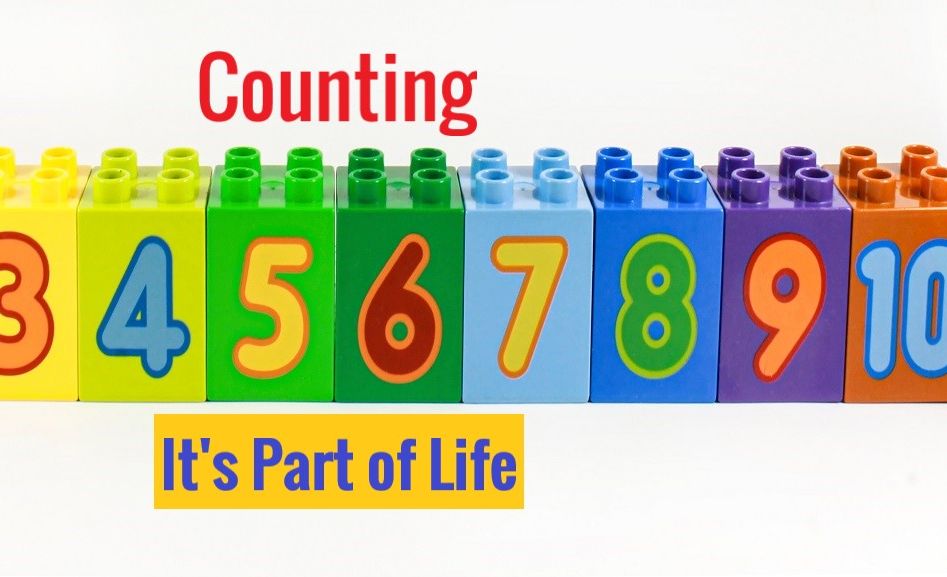
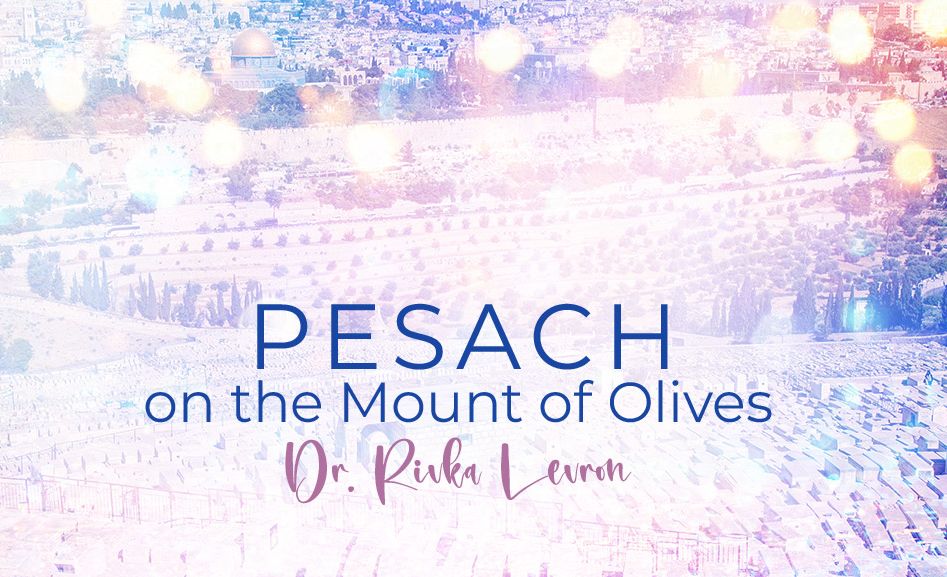
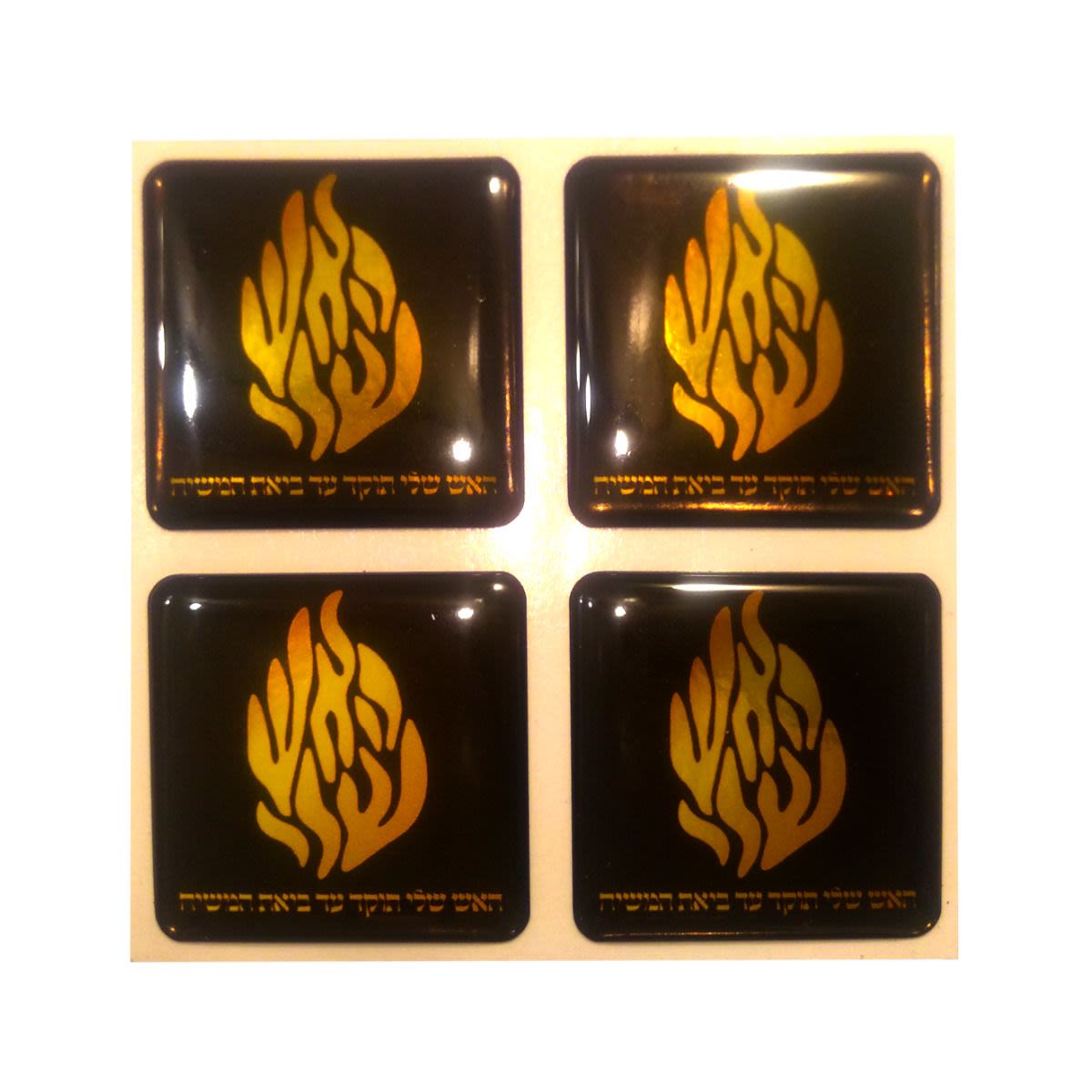
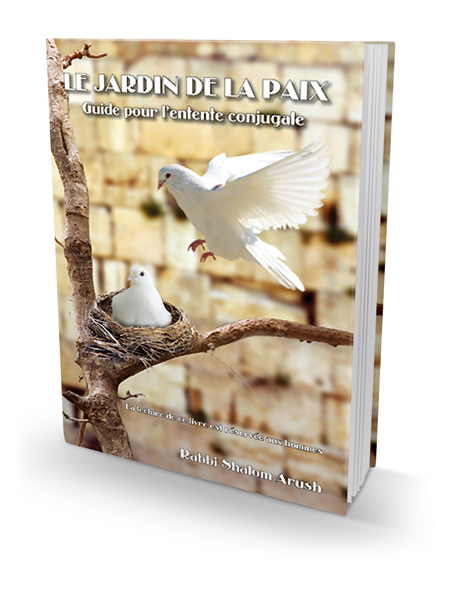
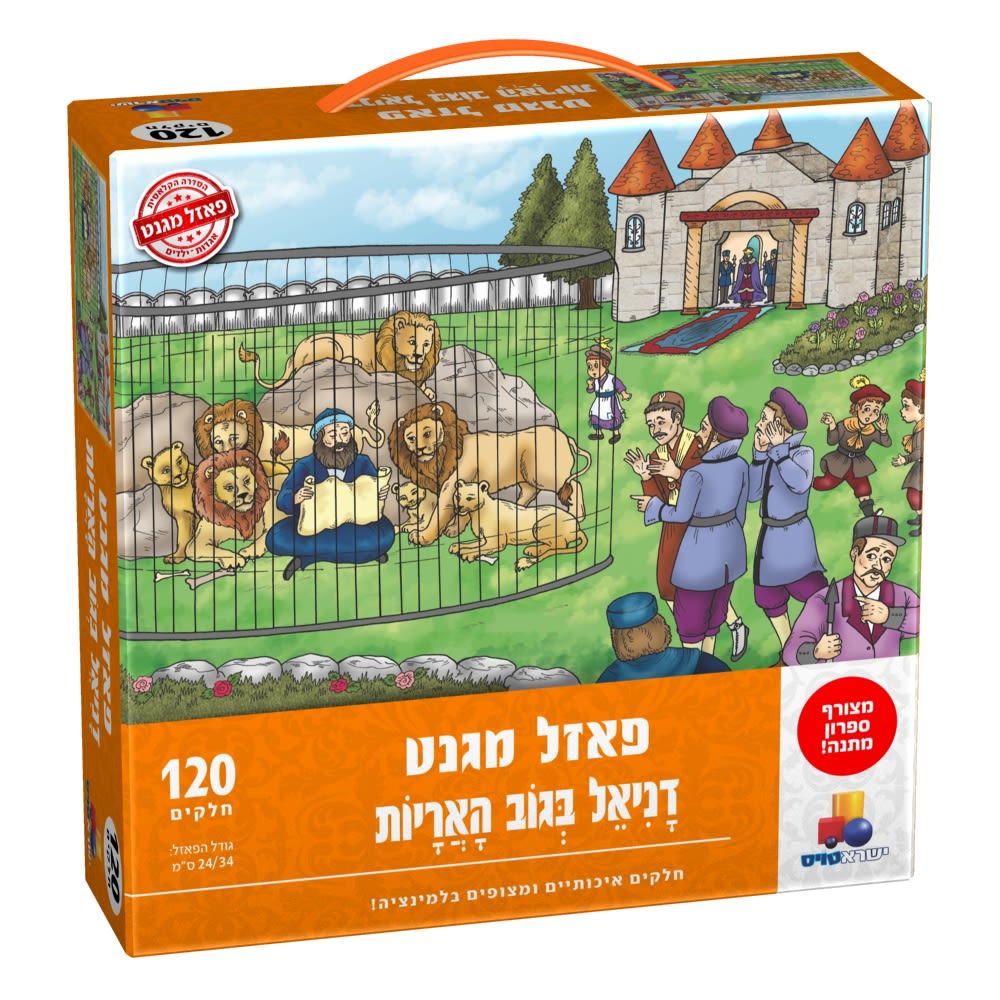
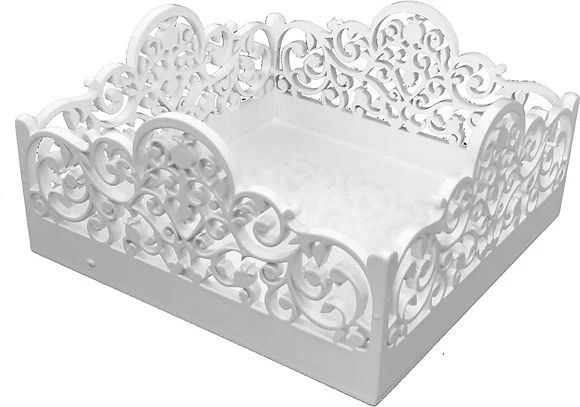

Tell us what you think!
Thank you for your comment!
It will be published after approval by the Editor.